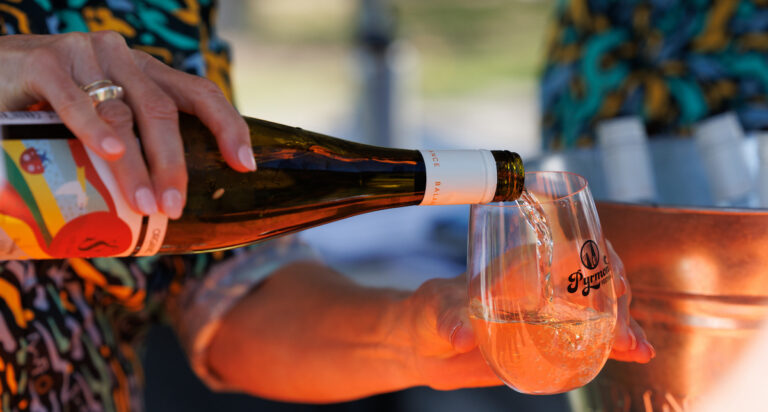
The last days of Rowe Street

Sydneysider: A personal journey
Sometime in 1971, when I’d just graduated from Fine Arts at Sydney University, I started making silver jewellery and selling it on consignment at a trendy boutique jeweller in Rowe Street.
Rowe Street was really just a lane, running between Pitt and Castlereagh streets, parallel to Martin Place. The shop was on the south side, memory tells me, about half-way down. It was the famous ‘Anina’, which had been established after the Second World War by Niina Ratsep, a refugee Estonian jeweller, and Anna Alma. By the time I discovered Rowe Street, the original principals – the historians tell us – had been replaced by Ann and Ross Fraser, and it was probably Ross Fraser I dealt with.
I manufactured my stuff in the bedroom of the flat where my then wife Ruth and I lived, on Pyrmont Bridge Road in Glebe. My jewellery was simple, modernist and chunky and instead of being set with stones, it had coloured epoxy resin moulded into it and polished to a translucent finish, or sometimes ebony wood. The man at the shop was selective about what he took. He only wanted 10 per cent commission.
I’m not sure how I came to know about the Rowe Street jeweller but I do remember the impression the little lane made on me. I thought it was fabulous. I didn’t even know that it had been a centre of art, theatre, innovative fashion, jewellery, interior design and indeed bohemian life from the late 19th century. Nor did I know that it was about to be wiped out by “progress” – demolished to make way for Harry Seidler’s ghastly MLC Centre. All I knew was that I was chuffed to see my stuff in the front window. Looking back, it was one of those points in my life where I might have taken a different direction and ended up as a craftsman, but it was not to be. Within a couple of years I was pretty much a full-time Trotskyist revolutionary.
Another feature of the street was Rowe Street Records, which was Australia’s first specialist import record shop. There was also an establishment that apparently sold ‘semi-erotic’ banned literature, but alas I never discovered it. At the beginning of the century there were garrett studios occupied by artists like Antonio Datillo-Rubbo and Lionel Lindsay. By the 1940s, Carl Plate’s Notanda Gallery was much visited by Russell Drysdale, Sidney Nolan, William Dobell and James Gleeson on the lookout for new prints and art books from overseas. There were cafes too, frequented by Sydney’s bohemian demi monde. Rowe Street was a little piece of old Paris, right here in Sydney.
One day, when I took some more pieces to the shop, there was a fashion shoot going on in the lane. It was the first time I’d seen a professional photographer at work and I watched, fascinated. There were two models, and a bunch of wardrobe-wallahs, make-up artistes and lighting people. The photographer was toting a huge SLR with a motor-drive – then an incredibly expensive and exotic piece of gear. He kept getting the girls to walk back up to the top of the street and then prance down it while he scuttled in front of them blasting through roll after roll of very expensive film.
A couple of years later, the lane was demolished to make way for the MLC building. This was widely regarded as an extraordinary act of cultural vandalism – one of many that occurred during Robin Askin’s reign as premier – and it helped galvanise public opinion in favour of heritage protection. Strangely enough, it was in 1971 – when I first discovered Rowe Street, and by which time its fate had probably been officially decided – that Askin, who’d been in office for six years, decided to change his name from Robin to Robert, because Robin sounded too poofy. I’m tempted to think he was psychologically armouring himself for the deeds he was about to commit.
Had Rowe Street survived, it would today be a much-loved Sydney icon, a tourist magnet, and the jewel in the crown of Clover Moore’s laneways and small bars policy. In an era when a new Liberal government is gearing up to demolish whole swathes of old Sydney for high-rise redevelopment, that’s a lesson worth remembering.









